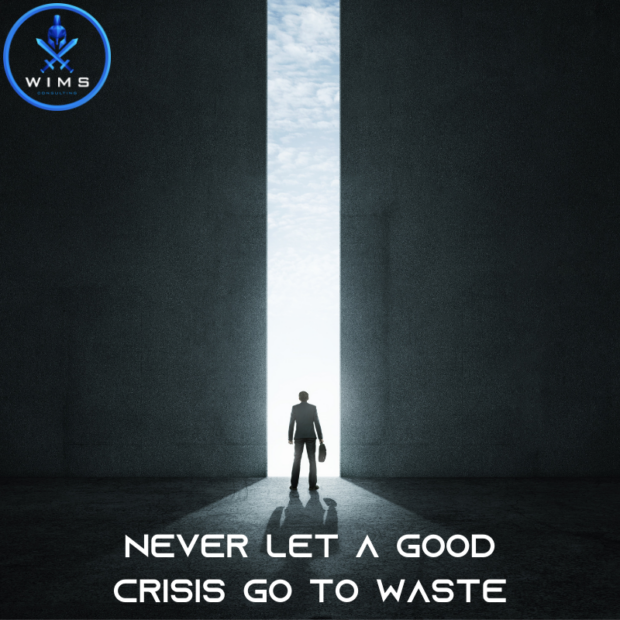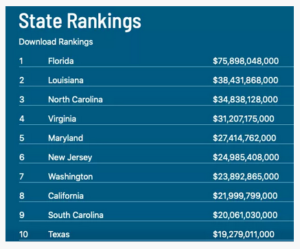Direct Power Pros Solar was recently formed by professionals from within and outside the solar industry. The team has extensive experience with both the positive and the negative aspects of the energy, so they set out to create a much better organization from the ground up. While the company is based in Charlotte, NC, the team is spread across the US and can serve most of the US already.
Not only did they create the best work environment and conditions for their sales and install professionals (which in turn creates the best product for their customers), but they’re also creating an entire community as well. For example, the referral partner program that is launching is going to help generate substantial income and revenue for those involved.
While it may still seem a bit futuristic or cost prohibitive, according to the US Department of Energy, “Solar energy can help to reduce the cost of electricity, contribute to a resilient electrical grid, create jobs and spur economic growth, generate back-up power for nighttime and outages when paired with storage, and operate at similar efficiency on both small and large scales.”
There are so many incentives available right now to encourage more widespread adoption of solar energy that it makes this decision much more compelling. These incentives also reduce the downside risk and increase the upside. If you’re interested in taking a deep dive into the basics of solar energy, you can check out this guide also from the DOE, Homeowner’s Guide to Going Solar.
The team at Direct Power Pros realized a great opportunity to create an environment in which installment and sales professionals are supported and held to the highest ethical standard. They strive to put the best solar systems together for their clients and ensure the process is smooth from start to finish.
They believe in a core set of principles:
- That solar is the wave of the future and with a strong sales and install team, can assist in educating the public and providing a platform to create savings for their customers and enhance the adoption of renewable energy.
- That trust and integrity are the only things they truly have and control in this world. They know that once their word is broken, it cannot be undone.
- There are many options for going solar, some good and some bad. It is their job to help their customers navigate them and do what is best for them. At times, this may come at the expense of making a sale.
- They pride themselves on educating people first and not pressuring them into a sale.
- They use only the best installers and the best materials. They do not cut corners in the installation process and will ensure your project is completed in a timely and professional manner. They will be by your side throughout until your system is turned on and generating power.
If you’re interested in learning more about the benefits of solar power, reviewing potential financial incentives within your area, becoming a referral partner, or setting up a consultation, visit https://www.directpowerpros.com/.


